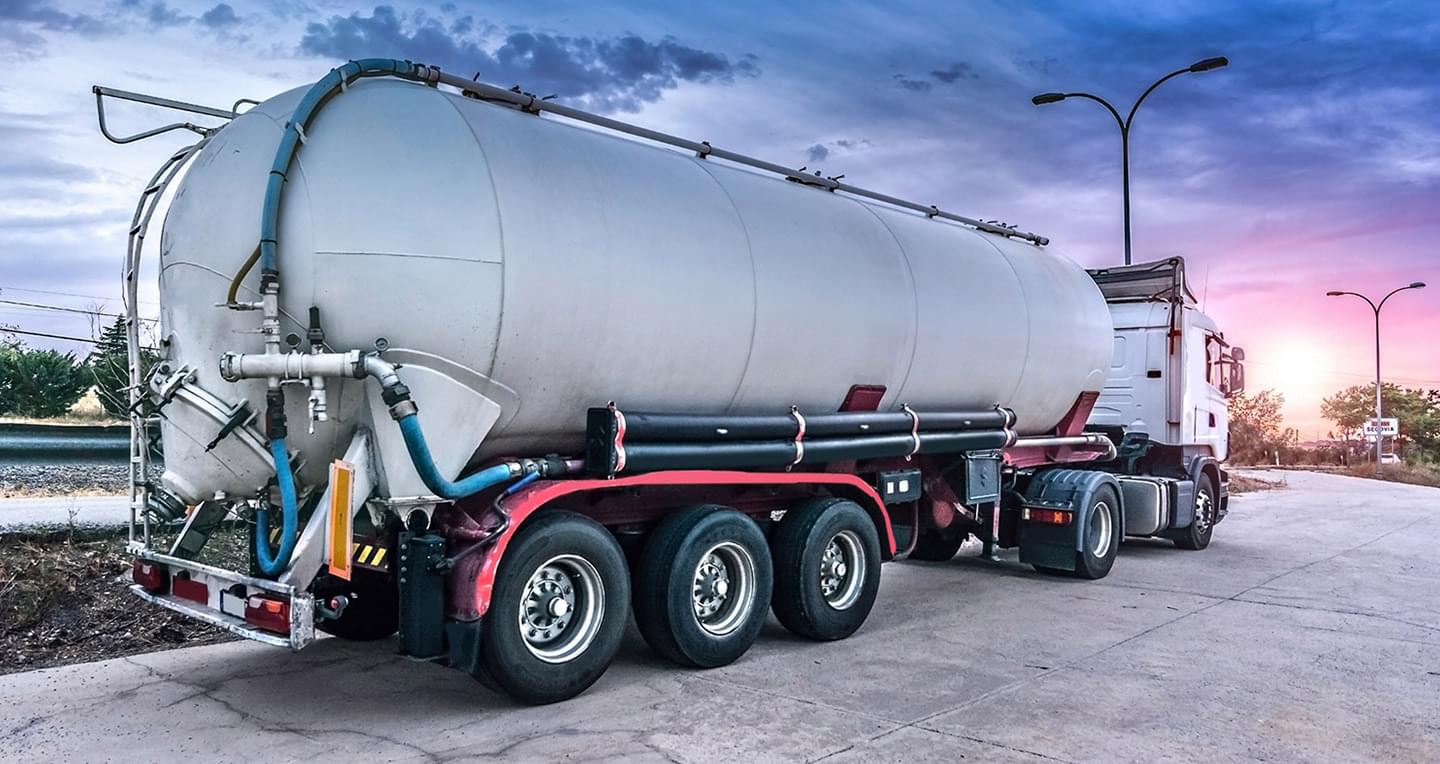Transportation
PHMSA Overhaul Could Redefine Hazmat Trucking Standards
A sweeping reform proposal from PHMSA could decentralize certification, encourage innovation, and raise new safety debates.

A sweeping reform proposal from PHMSA could decentralize certification, encourage innovation, and raise new safety debates.
The U.S. hazardous materials sector may be on the verge of its biggest shake-up in decades. In March, the Pipeline and Hazardous Materials Safety Administration (PHMSA) introduced proposal HM-265, a broad reform that aims to modernize regulations governing the transport of dangerous goods. For the road freight industry, it could mark a major opportunity, or a regulatory minefield.
The proposal seeks to update long-standing cargo tank standards and, more notably, shift design certification away from a centralized authority. Instead of relying on a single, rail-aligned organization, PHMSA would allow independent entities to certify tank designs. The agency hopes the move will encourage innovation and create a more balanced competitive landscape between road and rail carriers.
For large logistics firms, the message is clear: adapt or fall behind. Industry leaders like Trimac and Kenan Advantage Group are already embracing digital technologies, investing in real-time tracking and smarter fleet management tools. “It’s a significant shift, and the companies that stay agile will benefit most,” said a regulatory advisor at a major freight operator.
Still, the proposal is not without controversy. Some stakeholders warn the changes could compromise safety. A key concern is the suggested reduction in mandatory security training for certain personnel, a move that has drawn criticism from smaller carriers and safety advocates alike. They argue that frontline workers risk being underprepared for critical situations.
With the public comment window closing in April, companies are rushing to understand the full scope of the changes, weighing both risks and potential gains. While some see HM-265 as long-overdue reform, others view it as a gamble that introduces new liabilities.
If implemented, the proposal could usher in faster certification timelines, reduced red tape, and more technologically driven safety practices. For many in the sector, it signals a turning point.
“We’re not just adjusting, we’re evolving,” said a senior executive at a national transport company. The challenge ahead will be ensuring that innovation and efficiency don’t come at the expense of safety on America’s roads.
Stay Updated with Global Summits
Join our mailing list to receive the latest news
and updates on our upcoming events, ensuring you never miss an
opportunity to connect and collaborate with industry leaders.
